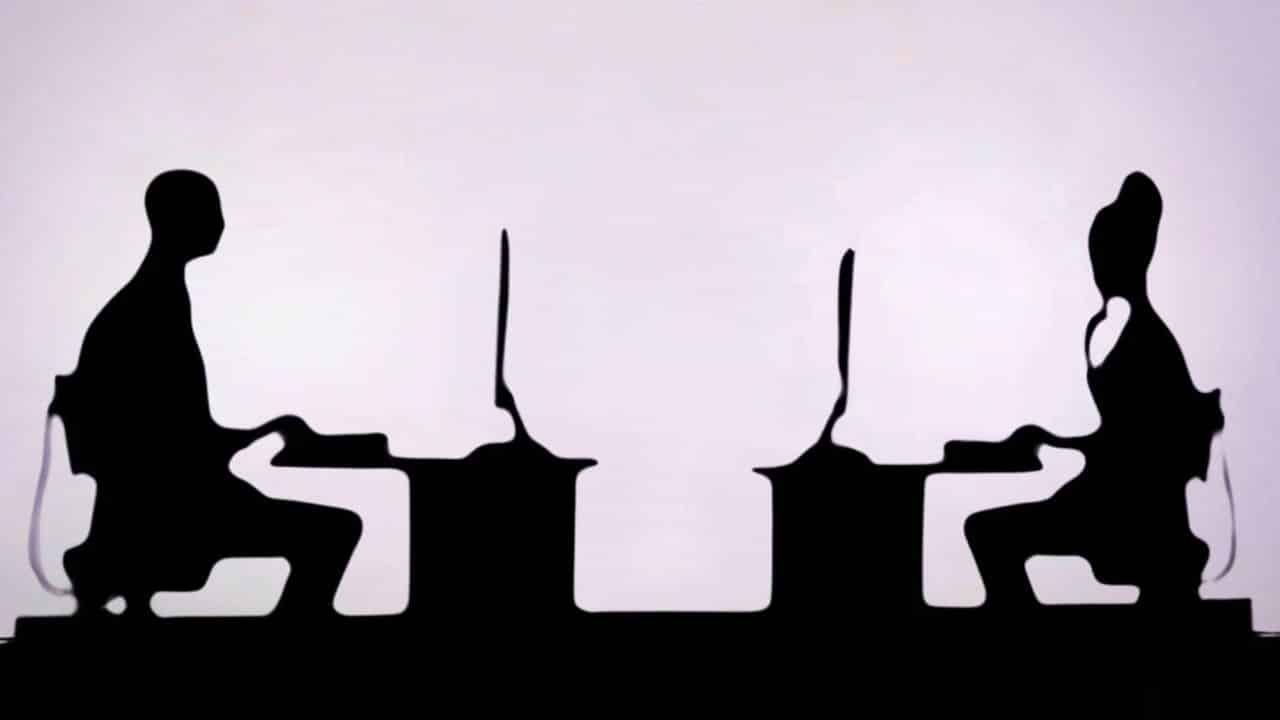Since 1964, the Ford Mustang has been a much-loved icon. Whether you have a first-generation model, sixth-generation car or anything in between, chances are you want to keep your Mustang in the best shape possible. Part of that is knowing when to replace your Ford Mustang brake pads. To do that, it is helpful to understand the different parts of your brakes.
Braking Basics
As you already know, when you press on the brake pedal, the vehicle slows down. The firmer your press, the more braking power you receive. This is because most vehicle brakes use a hydraulic system with fluid stored in a reservoir. When you press the pedal, it pushes fluid through the brake lines to the brakes themselves.
On modern Mustangs (and nearly all modern passenger vehicles), there are disc brakes on each wheel. A disc brake slows the wheel it is attached to through friction. By pressing down on the component attached to the wheel, the brake slows the wheel’s rotation and the vehicle stops.
The Parts of a Disc Brake
There are three major components of a disc brake: the rotor, caliper and brake pads. Each of these plays a key role in the operation of the brake:
- Rotor: This is the disc in the disc brake. It connects with the wheel and rotates at the same speed. When squeezed, the rotor slows down and causes the wheels to stop. It is more or less just a disc-shaped piece of metal. However, advanced brakes, such as those on Mustangs (especially trim levels like the GT and GT500) have more complex rotors for extra performance.
- Caliper: This is the component that does the squeezing. When the brake pedal is pressed, the caliper actuates and presses down on the rotor. The work is done by some pistons inside the caliper.
- Brake Pads: These Ford Mustang parts help protect the caliper and rotor from grinding against each other. They convert the friction into heat and absorb it. Brake pads need to be replaced somewhat regularly because they wear down.
Signs You Need New Brakes
There are a few ways to tell that you need new brake pads. These are some of the most obvious:
- Measure Them: The best way to tell if brake pads need to be replaced is to measure them. They need about three millimeters of material at a minimum. If you measure them and they are close to this threshold or below, replace them.
- Screeching: Many brake pads (especially on rear brakes) have metal indicators inside them. These grind against the rotor when the brake pad has worn down. It causes essentially no damage but it a clear indicator that the pads need to be replaced.
- Poor Performance: If you don’t have responsive brakes, the problem may be the brake pads. Make sure to check their depth before trying to drive again.
Read More: How to Maintain a Company’s Website as a Beginner?
Get Started
Now that you understand how brakes work, you can replace your own brake pads. This is a relatively easy job and a great way to work on your Mustang yourself. With a few tools and a little learning, you could do your own brake job.







































